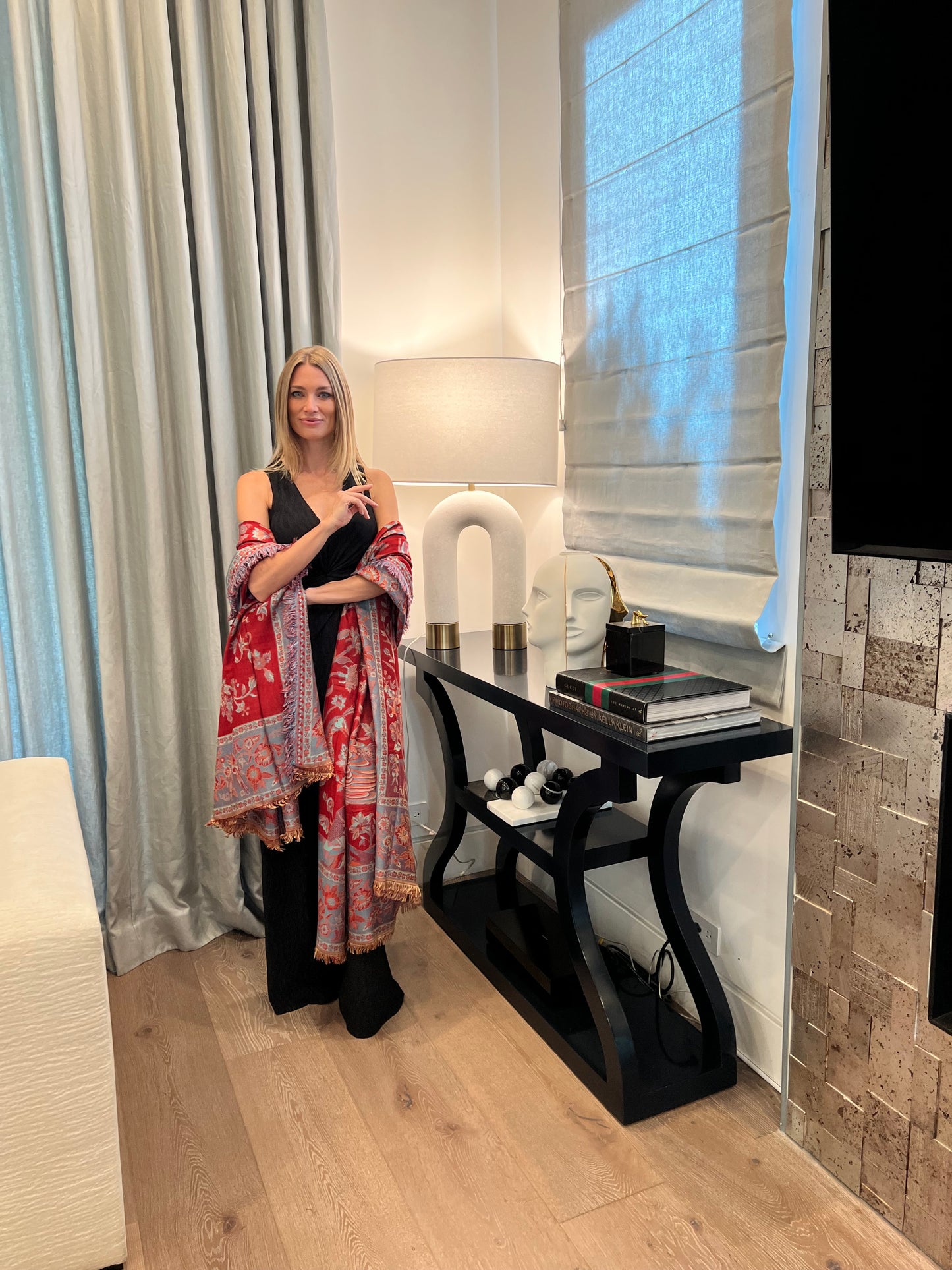


The Handloom Weaving Process
Handloom weaving is a labor-intensive process that involves creating textiles using manual weaving techniques. It is a craft where skilled artisans work diligently to transform threads into exquisite fabrics. The process can be broken down into several key stages:
1. Yarn Preparation: It all starts with selecting the right yarn, which can be sourced from natural fibers like cotton, silk, wool, and more. These yarns are then cleaned, twisted, and sometimes dyed to achieve the desired colors.
2. Setting the Loom: The warp and weft yarns are set up on the loom, creating the foundation for the fabric. This stage requires precision to ensure the weave is consistent.
3. Weaving: The artisan operates the loom, manually interlacing the warp and weft threads to create the fabric. This intricate process demands skill and attention to detail.
4. Design and Pattern: Handloom textiles are known for their unique and often intricate designs. The artisan follows traditional patterns or creates their own, adding a personal touch to each piece.
5. Finishing Touches: After weaving, the fabric undergoes finishing processes such as washing, starching, and ironing to enhance its texture and appearance.
Handloom weaving is inherently eco-friendly, as it predominantly uses natural fibers and relies on traditional techniques that have a minimal environmental impact.
In a world of mass-produced textiles, Indian handloom stands as a testament to the timeless art of craftsmanship. Therefore, efforts are being made in the country to revive and preserve this traditional craft, ensuring that the knowledge and skills are passed down to future generations.
When you purchase a handloom product such as our Juliet throw, you are not just buying a piece of fabric; you are investing in a piece of heritage, culture, art, and a better livelihood for skilled artisans.



